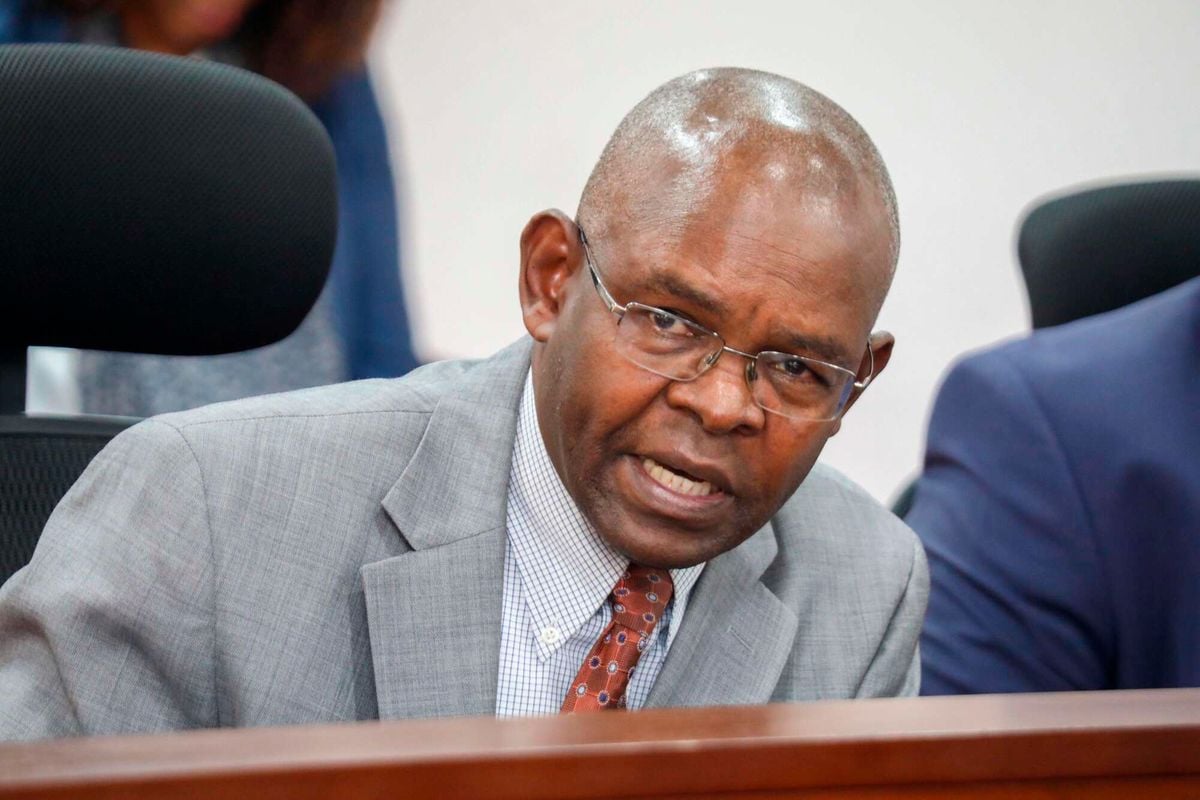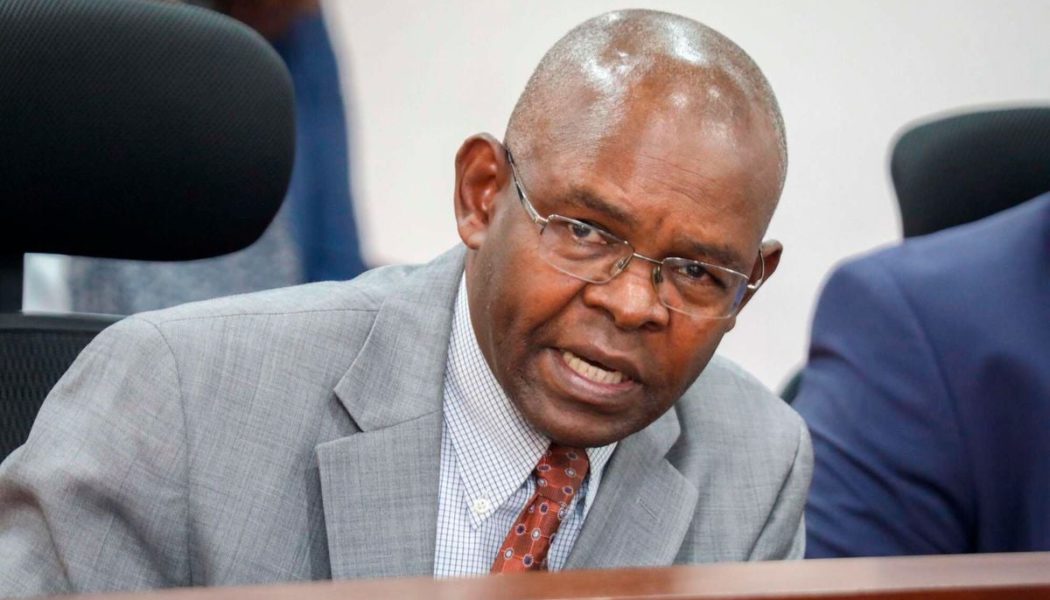
The return on the 91-day Treasury bill fell below 15 percent for the first time in 12 months as interest rates continued to fall in the domestic market.
Yields on the shortest-dated government paper fell to 14.99 percent from 15.6855 percent in the same week that saw the Central Bank of Kenya (CBK) deliver its largest interest rate cut since the pandemic.
Rates on the 91-day paper last dipped below the 15 percent mark on October 12, 2023, after which yields increased, peaking at 16.7243 percent in April this year, before receding in subsequent months.
Rates on the longer-dated 182- and 364-day Treasury bills have also fallen, closing at 16.095 percent and 16.3383 percent, respectively, in the latest auction, down from 16.4999 percent and 16.7291 percent, respectively.
Combined Treasury bill rates have now fallen for 11 consecutive weeks since the start of August this year.
The dip in the interest rate on the short-term T-bill has been linked to cuts on the CBK indicative rate.
“The downtick in the 91-day Treasury bill is attributable to the CBK’s resolve to nudge rates lower amid an easing risk landscape,” analysts at AIB-AXYs Africa stock brokerage said in a fixed income note.
CBK first cut the benchmark lending rate by 0.25 percent on August 6 from 13 percent to 12.75 percent providing impetus to the unwinding of domestic interest rates.
Last week, the apex bank made a jumbo 0.75 percent rate cut to the market, easing the key lending rate to 12 percent, and providing further momentum to the rate reduction.
CBK Governor Kamau Thugge highlighted the role of CBK rate cuts in the easing of domestic interest rates, with the latest trim in the policy rate being expected to deliver a more rapid deceleration in Treasury yields.
“Short-term interest rates eased slightly in August 2024 and have been easing for the last two months, reflecting the impact of the reduction in the CBR rate,” Dr Thugge said.
The CBK previously raised its benchmark lending rate up to 13 percent as a policy measure to contain inflationary and exchange rate pressures as consumer costs ran high and the shilling depreciated sharply.
The actions by the CBK to tighten monetary policy combated the weakening exchange rate by encouraging foreign inflows into the economy which in turn ended pressure on the shilling- trimming imported inflation.
A higher benchmark lending rate, meanwhile, created the opposite effect of driving domestic rates upwards including government securities – treasury bills and bonds and commercial bank borrowing costs.
Inflation and exchange rate stability over recent months have now given CBK the leeway to unwind its benchmark lending rate and subsequently drive down domestic interest rates.









